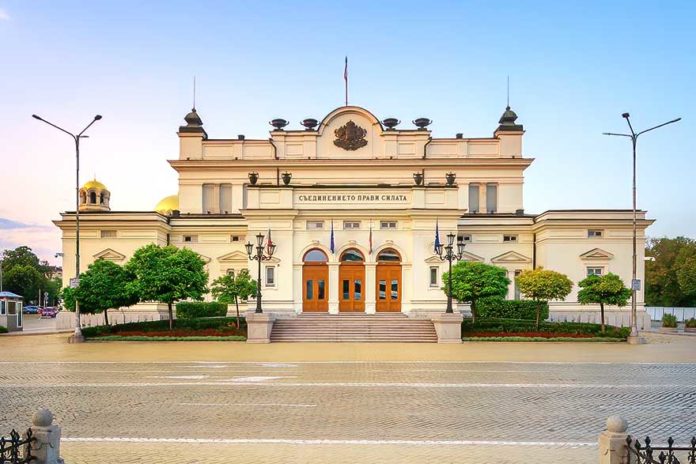The National Assembly Building of Bulgaria is located in Sofia and symbolizes the country’s statehood and democracy. Designed by the renowned Bulgarian architect Konstantin Jovanovich, the majestic neo-Renaissance building was completed in just a few months and consecrated on November 25, 1884. Since then, it has been the site of many important events in Bulgarian history, including adopting the “Tarnovo Constitution” and passing laws that shaped the country’s future.
The history of the National Assembly building in Sofia dates back to the early years of the Principality of Bulgaria when Sofia was declared the capital. The initial sessions of the parliament were held in a wooden building and later in other buildings that were unsuitable for this purpose. The idea of constructing a building specifically for the National Assembly was initiated in 1884, and the construction was assigned to the Bulgarian architect Konstantin Jovanovich. The foundation stone was laid on June 4, 1884, and the building was completed in the same year in a neo-Renaissance style. The National Assembly building was extended twice in 1896-1899 and 1925-1928 to meet the increasing needs of the Bulgarian lawmakers. Today, the building continues to serve its original functions and is considered a cultural monument. The National Assembly building’s history symbolizes Bulgarian parliamentarism, and the people’s representatives have made important decisions there for 136 years.
Over the years, the National Assembly Building has undergone several expansions and renovations to preserve its authentic exterior.
One of the most exciting features of the National Assembly Building is the Act which lists the names of all the donors who contributed to its construction. The Act concludes with the message, “The built building should serve to perpetuate freedom and equality in Bulgaria and to glorify the Bulgarian people.” This message is still as relevant today as it was when the building was first constructed.
For 136 years, the Bulgarian parliament met in this building, making it a crucial part of the country’s political history and life. In 2020, MPs moved their offices to the former Party House. However, the parliament continues to hold its plenary sessions in the building. It is not yet clear what the future holds for the National Assembly Building. Still, many believe it should be turned into a museum of Bulgarian parliamentarism, preserving its legacy for future generations.
The National Assembly Building is a symbol of Bulgarian statehood and democracy. It has played a crucial role in the country’s history, and its legacy should be preserved for future generations to appreciate and learn from.



